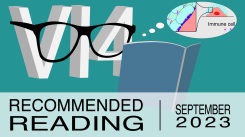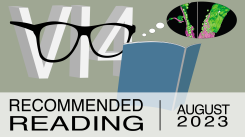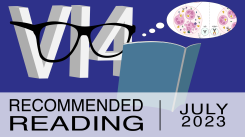Jeffrey Freiberg MD, PhD
My primary research goal is to better understand antibiotic treatment failure during bacterial infections. Broadly speaking, antibiotic treatment failure refers to any undesirable outcome when treating an infection. Its causes are multifactorial, and they include a combination of both patient-specific (host-specific) factors and factors specific to the infecting bacteria (pathogen-specific). My research focuses on pathogen-driven mechanisms such as antibiotic resistance, antibiotic tolerance, and biofilm growth with additional interest in how these mechanisms occur within a host in the presence of an immune response. I am particularly interested in antibiotic treatment failure during Staphylococcus aureus infections. S. aureus is the most common bacterial cause of mortality in the United States and is associated with very high rates of antibiotic failure. Current research projects include 1) investigating the connection between amino acid metabolism in S. aureus and induction of antibiotic tolerance and 2) utilizing clinical S. aureus isolates to understand the connection between treatment failure, tolerance to combination antibiotic therapy, and daptomycin resistance. In addition to taking a translational approach by incorporating the study of clinical bacterial isolates, I am also using a combination of molecular biology, microbial genetics, immunology, and animal models to answer these questions. This research aims to not only better understand the mechanisms driving antibiotic treatment failure, but also to develop simple solutions to reverse it.
Antibiotic treatment failure, antibiotic tolerance, antibiotic resistance, Staphylococcus aureus, biofilms









